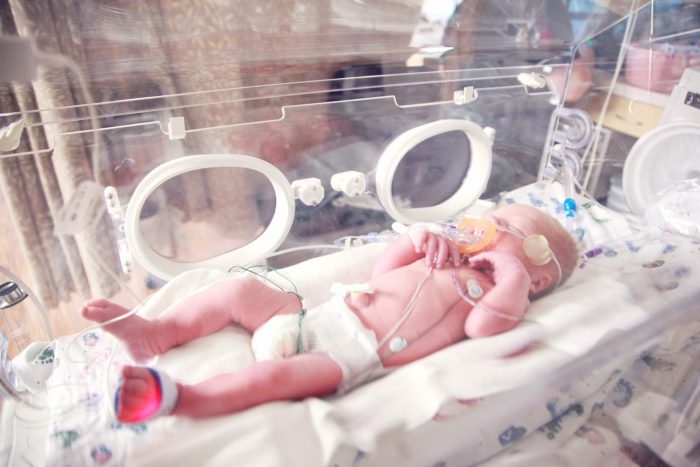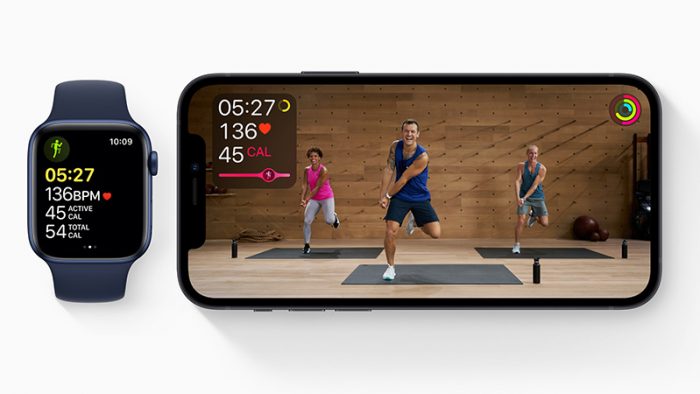6 Telehealth Use Cases to Watch For
It used to be that telehealth described a relatively limited range of services. But that’s all changed in 2021. The COVID-19 pandemic accelerated digital transformation across every industry, and healthcare led the way. Remote patient monitoring, streaming from the operating theater, and IoT medical devices are just some of the use cases that Wowza has helped bring to life.
In my last blog about streaming predictions for 2021, I listed telehealth as the number one trend. The pandemic forced us to rethink healthcare delivery across the board. And in answering the call for reducing exposure, we uncovered countless other benefits to virtual medical solutions.
Sure, scopes and video-enabled surgical devices have been around for some time. But what if we could combine that framework with the convenience of virtual consultations to bring the world’s leading orthopedic surgeon into a remote operating room? There’s also opportunity to integrate technologies like virtual reality (VR) and artificial intelligence (AI) for education, diagnostics, and pain management.
Because video streaming hasn’t always played a big role in the healthcare sector, many organizations opt to enlist the help of Wowza Professional Services when architecting their solutions. Addressing reliability, security, and latency concerns as well as speeding up deployment are also common needs.
Here’s a look into some of the most exciting medical streaming applications that we’ve come across recently, and the ways that we’ve helped bring them to life.
Virtual Doctor Visits
Virtual doctor visits are the most obvious example of how streaming technology is being leveraged in the medical sector. Last year, federal officials waived certain HIPAA violations for “good faith use of telehealth” when the pandemic took hold. From there, both private and public health plans expanded coverage to include virtual care.
Today, fields as diverse as addiction treatment, therapy, and plastic surgery have all made use of virtual visit technology. While it used to be that telehealth appointments couldn’t paint a complete picture due to lacking insight into vitals or lab work, this is also changing. Kiosks for remote treatment now offer the ability to assess temperature, blood pressure, and other biometrics using diagnostic devices. The use of Bluetooth-enabled blood pressure cuffs and the like also plays into the internet of medical things (IoMT), which I’ll discuss further below.
Remote and Interactive Endoscopies
Endoscopy manufacturers have leveraged Wowza to power their medical products for some time. But healthcare innovators are taking this one step further in 2021. For instance, both long-distance endoscopy training and tele-endoscopy have become more prevalent during the pandemic.
Endoscopy manufacturers are also using augmented reality (AR) to superimpose computer-generated imagery over live video feeds. AR can allow a surgeon to make virtual labels about noteworthy anatomical features, which remain in the correct location as tissue is moved and stretched during surgery.
Remote Patient Monitoring
Remote patient monitoring allows doctors to track patient data without physical contact. One medical provider that we’ve worked with, Child Health Imprints, delivers low-latency streams of babies in the neonatal intensive care unit (NICU) via a cloud-hosted appliance. Beyond just speedy video delivery, this requires accurate syndication of data for practitioners tuning in remotely.

The benefits of Child Health Imprints’ solution are twofold: neonates in rural regions have access to experienced doctors and a data-rich platform that improves quality of care. This is achieved by assimilating real-time data from the disparate biomedical devices used to monitor preterm infants — including ventilators, monitors, and blood gas analyzers.
Our Professional Services team helped implement streaming in Child Health Imprints’ product and deliver all the required capabilities. Specifically, our engineers worked to synchronize video, clinical, and vital data. We also tested and documented the reliability of the platform for regulatory compliance.
Education and Observation
Medical broadcasting provides an intimate look inside the operating room for peer-to-peer education, continuing medical education, and remote consultations. What’s more, 360° VR technology lets those watching the stream control the angle and move around the room, which ensures an individualized experience for each viewer.
Whether for education or training, VR is becoming very prevalent in healthcare. And for scenarios where the leading expert can’t be physically present, it connects patients with the best care possible.
Our Professional Services team recently created a VR solution to provide medical experts with the information needed to make real-time decisions by viewing live content in and around medical facilities. This helps reduce travel costs and the risk of exposure to harmful environments. But low-latency technologies are key.
Some of the capabilities we helped enable include near real-time delivery using WebRTC, recording and archiving streams for VOD playback, and scaling playback using HLS. Security was also a major requirement to satisfy HIPPA compliance, so we worked to configure multiple layers of content protection using encryption and authentication.
Smart Monitoring and AI-Based Surveillance
Clinical surveillance can improve patient safety at hospitals, where live video feeds allow practitioners to monitor their patients from the nurse’s station. AI/ML technologies are poised to make these surveillance solutions much more robust. For instance, a system could be engineered to sound an alert each time someone falls. Smart monitoring solutions can likewise be used to track breathing, sleep patterns, and room conditions — while also enabling two-way talk with the patient. AI/ML is even being leveraged to automatically assess pain using facial expression information and sentiment analysis.
Internet of Medical Things (IoMT)
Last but not least, the internet of medical things (IoMT) describes the wide range of internet-connected medical and wellness devices being used today. Everything from surgical robots and intelligent monitoring equipment to fitness trackers falls in this category.

The newest Apple Watch, for example, gives wearers a portable way to read their blood oxygen levels, track their sleep, and take an ECG. For any users willing to volunteer their data for medical research, Apple has teamed up with the University of Washington School of Medicine to explore how some of these sensors could detect early signs of respiratory conditions like COVID-19.
IoMT enables on-the-go healthcare by transforming the physical hospital into something virtual. Rather than forcing patients to stay in a facility for observation, wearable devices can be used for remote patient monitoring. IoMT technologies also show promise in long-term care by making it possible for senior citizens and other vulnerable populations to stay in their own homes longer.
Conclusion
Streaming media capabilities have become essential across a range of industries. But successfully deploying a streaming platform can be both costly and time consuming. The optimal architecture and configuration settings also tend to vary for each use case.
From virtual medical training to remote endoscopies, streaming is revolutionizing the way healthcare workers deliver care. And by working with our Professional Services team, organizations are able to deploy their solution with advanced capabilities in no time.




